Provenance Research
Responsibilities: Dr. Susanne de Ponte (Curator for Graphics, Models, Paintings) Dr. Manu von Miller (Research Project)
General Information
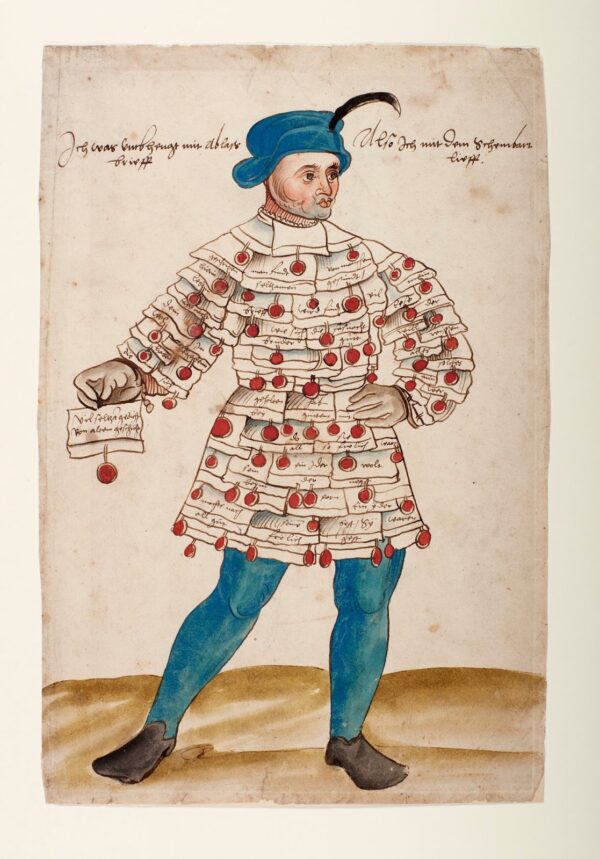
The Deutsches Theatermuseum does not operate its own department for provenance research but has been striving since 2012 to meet its obligations regarding the identification and restitution of cultural property confiscated due to Nazi persecution, in accordance with the “Washington Declaration” (the “Joint Declaration of the Federal Government, States, and Municipal Associations for the Location and Return of Cultural Assets Confiscated Due to Nazi Persecution, Especially from Jewish Ownership”), which was signed by the Federal Republic of Germany in 1998 (“Washington Conference on Holocaust Era Assets”) and 1999.
The Deutsches Theatermuseum is committed to systematically reviewing its holdings from 1933 to the present regarding their provenance based on available documents, as well as addressing specific restitution requests or claims, such as those first made by the heirs of Michael Berolzheimer to the Deutsches Theatermuseum. In the absence of a dedicated curator who can focus solely on provenance-related questions concerning the collections, efforts are currently being made to handle individual inquiries in collaboration, exchange, and with the support of colleagues from the Research Network Provenance Research Bavaria. With the help of a third-party funding application, a temporary position for project-based provenance research was established at the museum between May 2018 and May 2020, specifically aimed at investigating suspicions of looted art related to purchases made by the Deutsches Theatermuseum at the Helbing and Weinmüller auction house between 1936 and 1939.
Since September 2016, the Deutsches Theatermuseum has been a member of the Research Network Provenance Research Bavaria and regularly participates in the working meetings of the FPB. Membership in the FPB enables collegial exchange with provenance researchers at state and non-state museums and provides access to research-relevant resources.
Restitution Review Process
The lawyer Dr. Michael Berolzheimer (1866-1942) contributed his extensive art knowledge in Munich, among other roles, as a member of the acquisition committees of the Alte Pinakothek, the Graphic Collection, and the German Oriental Society. As a private art collector, Berolzheimer was able to amass a significant collection of high-quality artworks from around 1895. Under pressure from the Nazi regime, Dr. Michael Berolzheimer and his wife sought permission to emigrate in 1938, which they only received on the condition that they renounced part of their property and assets. That same year, they emigrated to New York. Subsequently, Berolzheimer was required by the German authorities to pay the Jewish property tax, and his German citizenship was revoked.
Part of his art collection was sold at auctions held by the art auction house Adolf Weinmüller on 1 and 2 December 1938 and on 9 and 10 March 1939 in Munich. As documented in Weinmüller's catalogue, the charcoal drawing by Louis Letronne depicting the singer Ranunzio Pesadori was among the auction lots. The drawing was listed as item no. 732 in the catalogue and was offered along with a lithograph by Ernst Oertel (after the original by Letronne).
Following a thorough examination of the restitution claim by the provenance research department of the Bavarian State Painting Collections and the museum legal department there, and in recognition of the principles and guidelines that also obligate the Free State of Bavaria and its institutions to locate and return artworks and cultural properties wrongfully confiscated during the Nazi era (the "Washington Declaration"), the Deutsches Theatermuseum was able to restitute the two aforementioned graphic works to the heirs of Dr. Michael Berolzheimer on 25 June 2014.
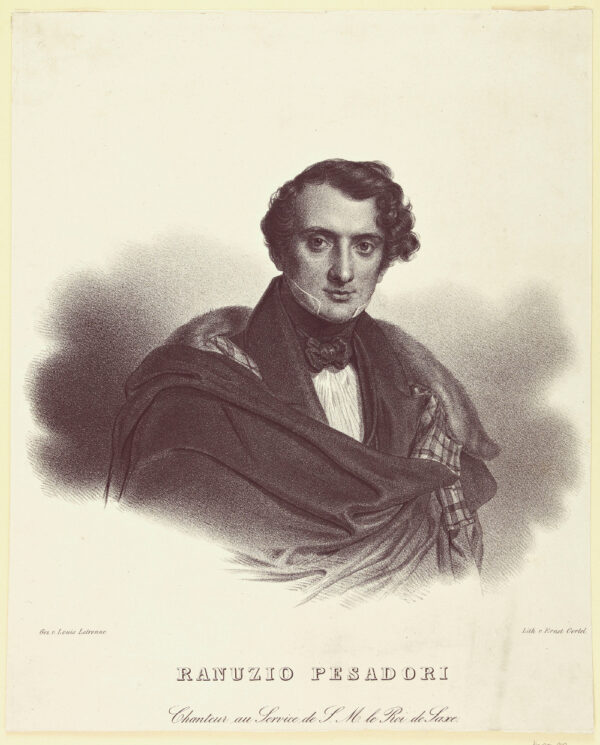
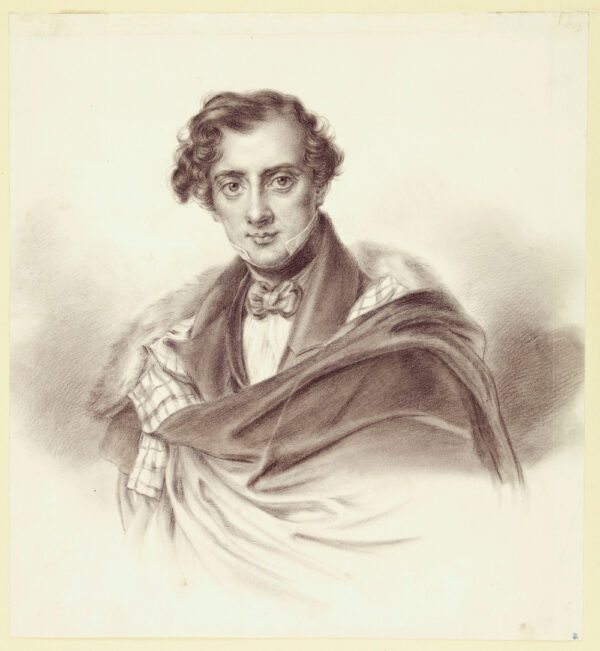
Following the discovery and donation of annotated auction catalogues from the auction houses Helbing and Weinmüller to the Zentralinstitut für Kunstgeschichte in Munich in 2013, and the subsequent evaluation conducted there, suspicions of looted art intensified concerning seven drawings from the graphic collection of the Deutsches Theatermuseum. The annotations in the catalogue for the auction on 9/10 March 1939 clearly identified the consignor, the Munich art and antiques dealer Siegfried Lämmle, as well as the buyer, the theatre museum. The seven drawings originated from the private collection of Siegfried Lämmle and the unsold stock of his art dealership.
Following the decree of the President of the Reich Chamber of Fine Arts on 28 August 1935, Jewish art dealers in Munich were subsequently excluded from the Reich Chamber of Fine Arts and prohibited from continuing their profession. In response to this development, Siegfried and his son Walter Lämmle, who was designated as his business successor, dissolved the art and antiques dealership in September 1936. After the art dealership was completely deregistered in February 1938, Siegfried and Betty Lämmle applied for permission to emigrate. When they were instructed by the authorities to have their artworks, which were to be taken to America, appraised, an evaluation was conducted by an employee of the Weinmüller auction house.
At the end of September 1938, Siegfried and Betty Lämmle were able to emigrate to the USA via France. Their household goods, including the appraised private art collection, had been stored with a Munich moving company for intended transport to America before their departure. In late November 1938, all stored artworks were confiscated by the Gestapo and subsequently sold.
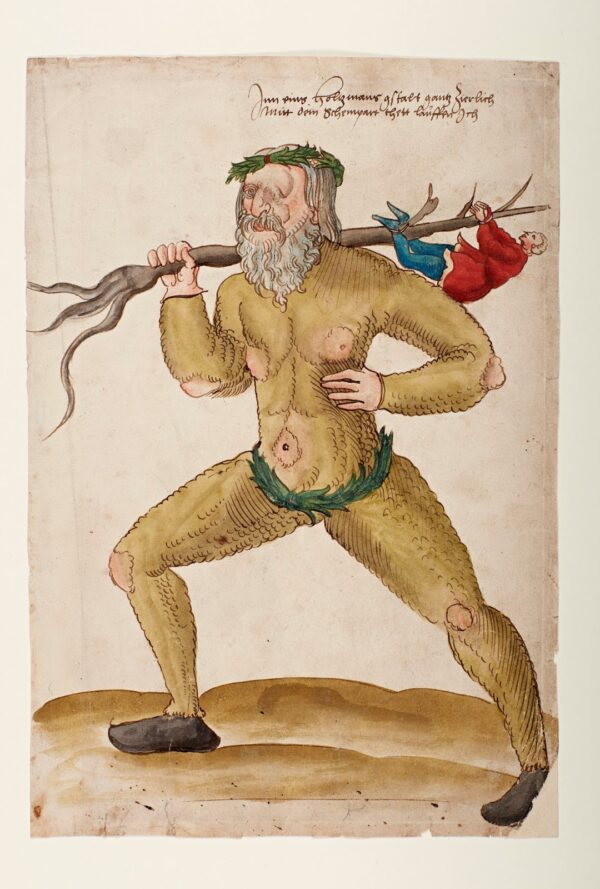
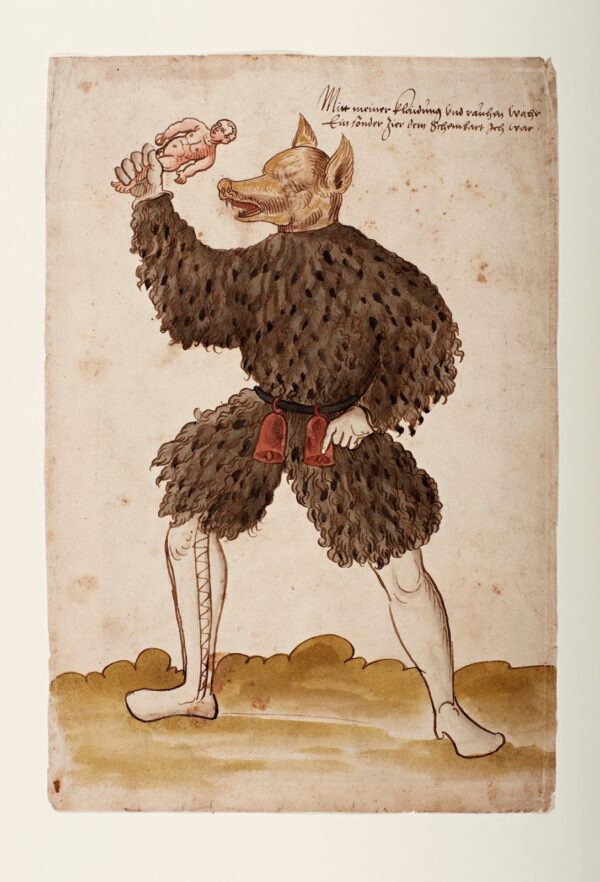
The seven drawings from the collection of the Deutsches Theatermuseum, which include five figures related to the Nuremberg Schembartlauf (17th century) and two representations of guild dances (18th century), were part of the sale at the auction held on 9/10 March 1939.
A few months after his wife Betty passed away in Los Angeles on 12 August 1948 at the age of 68, Lämmle, along with his son Walter, filed a restitution claim with the Central Registration Office in Bad Nauheim on 21 December 1948 within the deadline. Five years after the death of his wife Betty, Siegfried Lämmle also passed away on 11 June 1953 at the age of 90 in Los Angeles. Following his death, his youngest son Walter acted as the executor of the estate.
As a result of the lengthy restitution process between Walter Lämmle and the Federal Republic of Germany, a settlement was reached in 1958, the core of which was a restitution payment that compensated for the artworks from Siegfried Lämmle's private collection that could not be accounted for at that time.
In January 2017, the Deutsches Theatermuseum informed the heirs of Siegfried Lämmle about the status of the ongoing provenance research. It became apparent that the aforementioned seven drawings could not be accounted for at the time of restitution but had since become clearly identifiable following the discovery and donation of annotated auction catalogues from the Weinmüller auction house to the Zentralinstitut für Kunstgeschichte in Munich in 2013.
After a thorough examination of the facts by the DTM, it was determined that the seven drawings, DTM Inv. No. III 4009-4015, are cultural property that should be restituted to the heirs of Siegfried Lämmle in accordance with the Washington Principles and the Joint Declaration of the Federal Government, the Länder, and the municipal top associations.
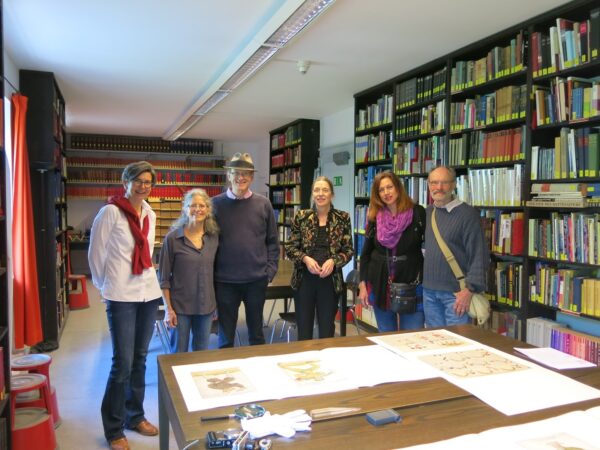
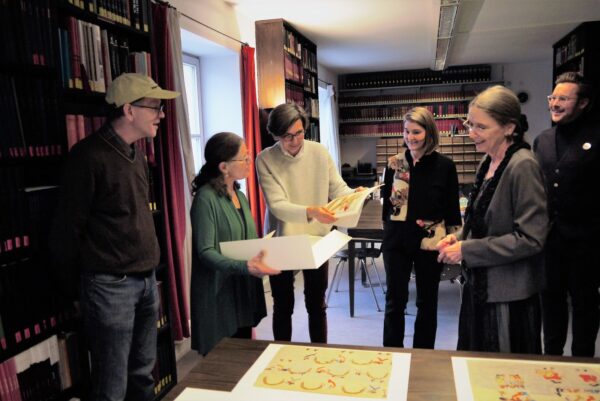
As part of the Xth Colloquium on Provenance and Collection Research at the Zentralinstitut für Kunstgeschichte, the heirs of Siegfried Lämmle, Nina McGehee and Christopher Lämmle, along with their spouses, visited the Deutsches Theatermuseum in April 2018 and examined the seven drawings in person.
In August 2018, the drawings were restituted to the descendants of the art dealer Siegfried Lämmle. The rare sheets were repurchased for the Deutsches Theatermuseum from the heirs of Siegfried Lämmle through funds from the Friends of the Theatre Museum. In the lead-up to the specialist conference "20 Years of the Washington Principles: Pathways to the Future," held in Berlin, the restitution and acquisition were symbolically completed at the Deutsches Theatermuseum in November 2018, in the presence of the heirs.
Digitisation of Relevant Archives
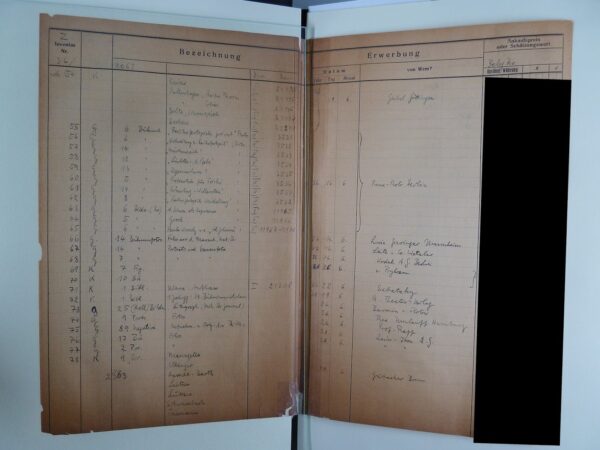
Das durch Brandbomben beschadete Zugangsbuch der Jahre 1936-1944
©Deutsches Theatermuseum München
In 2016, the digitisation of the oldest surviving access book of the Deutsches Theatermuseum, which was significantly damaged during World War II and is relevant for provenance research, was completed. The access book documents the entries of the library and collections and was initiated on 1 April 1936. The latest entry in this book dates to 31 May 1944. These now searchable digital copies have been available to the public at the Deutsches Theatermuseum since February 2019 upon request (susanne.de.ponte@deutschestheatermuseum.de) and are also accessible to members of the institutions belonging to the FPB for research purposes in the Digital FPB Resources Repository.
Provenance Research Project 2018-2020
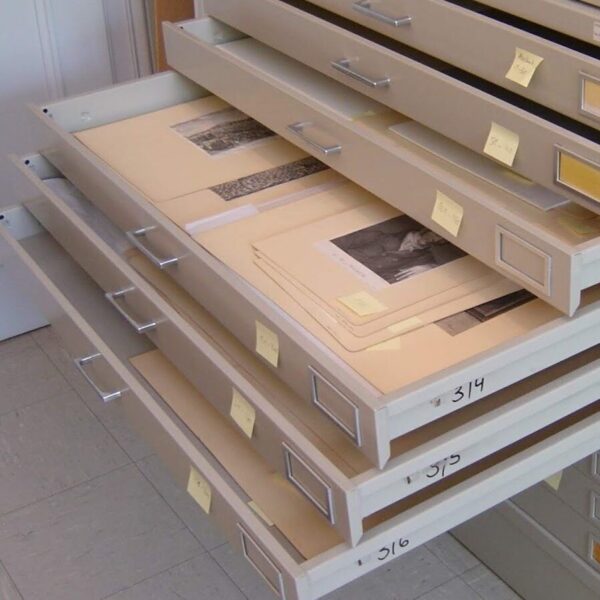
Project Title: Systematic Examination of Purchases Made by the Deutsches Theatermuseum at the Auction Houses Weinmüller and Helbing Between 1936 and 1945.
The two cases described above of collection objects whose provenance has been identified as "Collection of Michael Berolzheimer" and "Collection of Siegfried Lämmle," as well as other purchases recorded in the access inventory book of the Deutsches Theatermuseum from the auctions of the auction houses Weinmüller and Helbing, prompted the Deutsches Theatermuseum to conduct targeted provenance research.
The research project was funded by the Bavarian State Ministry of Science and the Arts, the German Centre for Cultural Property Loss, the Ernst von Siemens Art Foundation, and from the museum's own resources.
From May 2018 to the end of April 2020, the art historian Dr. Manu von Miller, who is specialised in provenance research and familiar with the graphic collections of the theatre museum, conducted the research project at the Deutsches Theatermuseum in collaboration with the curator of the graphic collection. The accompanying conservation work was carried out by Monika Haberl and Lena Ebell.
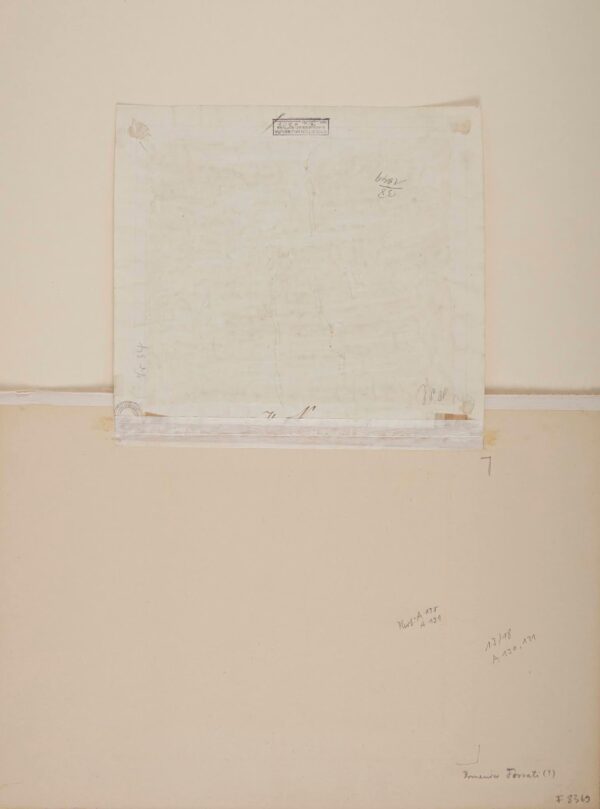
Die Untersuchung der Bestände erforderte restauratorische Maßnahmen wie z. B. die Ablösung von Montagefalzen alter Träger wie an dieser Handzeichnung von Domenico Fossati zu einer Bühnendekoration aus dem 18. Jh.
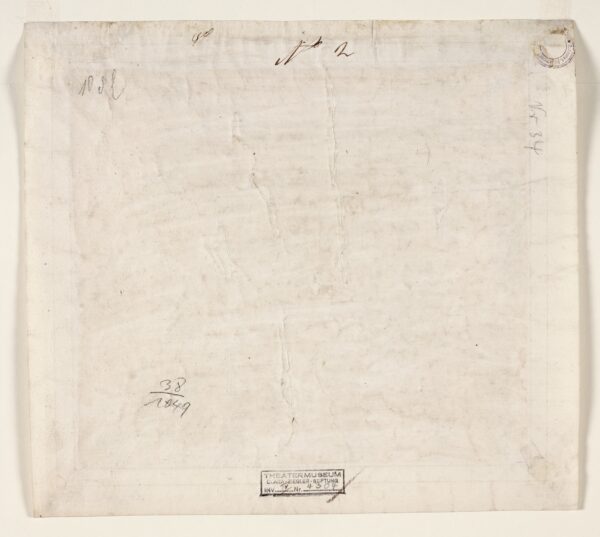
Die Rückseite des Objektes ist links vor und rechts nach Restaurierung gezeigt und läßt nach Restaurierung freigelegten Stempel und handschr. Notiz erkennen.
The starting point of the project was the examination of all object acquisitions made between 1936 and the end of the war at the auction houses Hugo Helbing and Adolf Weinmüller in Munich. Research into the access data revealed that the theatre museum acquired a total of 49 objects from Adolf Weinmüller during the auctions on 11-12 September 1936, 30 June 1938, in the post-auction sale on 25 October 1938 from the auction of 13-14 October 1938, and on 9 March 1939. While the theatre museum purchased the sheets at Weinmüller’s auctions, it became clear that the acquisitions from September 1936, May and June 1937, as well as from April, May, June, and August 1938, did not originate from auctions but solely from the stock of the Helbing company. These acquisitions consisted of large consortia, amounting to a total of 308 graphic works and one oil painting.
In contrast to the provenance research concerning the acquisitions from auctions, which could be traced through identifiable, partially annotated catalogues, it proved to be significantly more challenging—if not impossible—to establish relational catalogues for the acquisitions from stock inventories, which would allow for conclusions about provenance. This circumstance that emerged during the course of the project shifted the focus towards the company Hugo Helbing, its stock, and the business practices and sales methods employed by Hugo Helbing, as all acquisitions by the theatre museum were made during Helbing’s lifetime. Research was also conducted into business documents, correspondence, and especially the whereabouts of the company Helbing's stockbook, as well as whether the heirs of Hugo Helbing received compensation for the expropriation of the Helbing company, including its stock and inventory.
The foundational research involved first identifying all access entries listed in the access inventory book (behind which, in numerous cases, several objects were in fact hidden) as individual items in the continuously maintained inventory books of the museum. This resulted in a consortia of 534 individual objects that needed to be examined. Subsequently, a systematic review was conducted to determine what was available and what was documented as lost during the war and is currently no longer in the collection. A war loss of 176 objects (corresponding to 128 items in the access inventory book) was established, resulting in a consortia of a total of 357 graphic works and one oil painting to be examined for provenance.
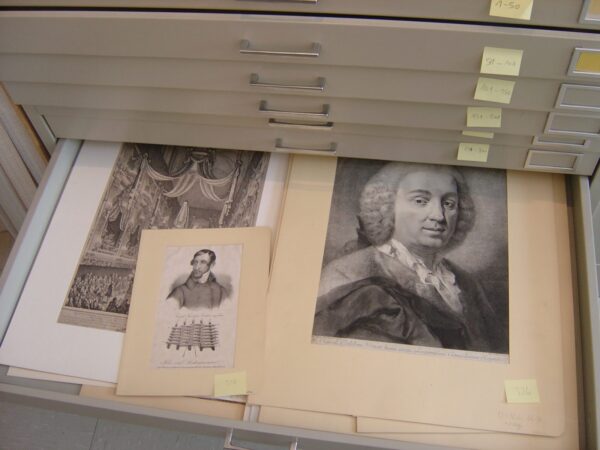
From the total number (358) of objects to be examined, nine objects were restituted by the end of the project period, of which seven graphic sheets were reacquired for the collection of the DTM. Measures were thus carried out in accordance with the Washington Principles, which were communicated to the funding body during the project and made public. By the end of the project, 29 objects could be classified with a green status and 320 objects with a yellow status.
All 309 objects that the Deutsches Theatermuseum acquired from the stock of the firm while Hugo Helbing was still alive are currently classified as "not clearly established" (yellow status). Due to the prevailing state of sources, it has not yet been clarified whether Hugo Helbing was the actual owner of the graphic sheets sold to the theatre museum or whether they also included consignment goods, meaning they were sold in his name on behalf of the actual owner. Despite all previous research into ownership structures between 1933 and 1945, it has not been possible to establish unbroken provenance chains for this object group.
To document Hugo Helbing's stock, a list of currently available catalogues (link) was created during the project. As the current state of research has not confirmed or substantiated suspicions of Nazi-looted art, no report of the researched objects has yet been made to the Lost Art database of the German Centre for Cultural Property Loss.
In contrast, both the nine restituted sheets and the 128 items lost during the war from the graphic collection of the Deutsches Theatermuseum have been reported to the Lost Art database of the German Centre for Cultural Property Loss and are now listed as search entries on www.lostart.de.
Furthermore, acquisitions from Adolf Weinmüller could not be fully clarified despite intensive research for the period from 1933 to 1945: in addition to the nine restituted sheets and 29 graphics included in a libretto, which could be classified as "reconstructable and unproblematic" (green status), eleven graphic sheets from the purchases at Weinmüller were designated as "not clearly established" (yellow status).
For all sheets that could not be clearly established, there are currently no promising leads for further research. The question of the whereabouts of the missing stock book and other business documents from the Helbing firm remains unresolved and would provide crucial insights into ownership structures regarding the stock.
The research results for all 358 objects of the project have been documented in an illustrated list. All findings from the research concerning involved individuals, institutions, authorities, and the historical local context have been summarised in a final report.